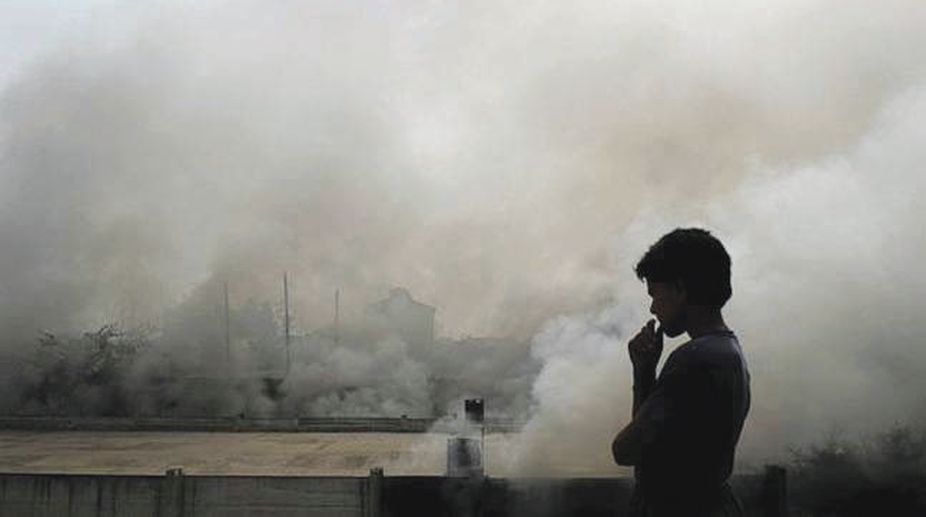Several issues have emerged from the 15-day Clean Air Campaign launched by the Union environment ministry in the Capital that concluded on Friday and the results will be collated to bring out a future road-map to control pollution in cities across the country.
“Over the next 4-5 days all the 70 teams will write their experience and suggest what is to be done,” Union Environment Minister Dr Harsh Vardhan informed the media. “In the next 15-20 days we will compile all the findings in the form of a booklet and put the best suggestions together. This will be implemented not just in Delhi but in other cities across the country. However, state governments will also have take the initiative.”
Advertisement
The Centre and Delhi government together launched a two-week Clean Air Campaign from 10-23 February as an intense exercise to address all sources of pollution in the Capital. Seventy joint teams of officials of Union environment ministry, Central Pollution Control Board, Delhi government, Delhi Pollution Control Committee, Municipal Corporations and NDMC fanned out to every administrative division of Delhi to monitor causes of pollution and initiate remedial measures, including penal actions against serious polluters on the spot. This involved checking vehicular pollution, inspection of power plants to ensure norms compliance, dust management at construction sites and indoor air quality management.
Noting that officials from the Central and state governments worked in synergy during the campaign period, Vardhan said gaps in the implementation of environmental norms had been identified. Public awareness had also been raised through various communication tools, including radio messages, he added.
“All the issues cannot be resolved in 15 days,” the minister said. “But the positive aspect is that awareness has increased. Moreover, people are appreciating and understanding that they have a role to play in controlling pollution.”
Giving figures for various violations that were found and challans issued, Vardhan said the teams found, among others, 402 instances of open burning of waste and garbage; 3,742 in construction and demolition; 233 polluting vehicles; and 635 traffic violations. A total of 7,371 violations were found, of which 3,117 challans were issued. A total amount of around Rs 8.85 crore was collected by way of challans, he added.
Among the suggestions by the 70 teams, the members pointed to the need to deal with several instances of violations by government officials. “It is often more difficult to handle government officials than people,” the minister said.
Turning to the air quality in the Capital, Vardhan said it had shown a definite improvement since 2016. “The exact data is to be culled out. But we are on the right path and we will not leave any stone unturned,” he said. “Dark spots in crucial and critical areas have been identified. We assure that we will take this forward as a people’s movement.”











